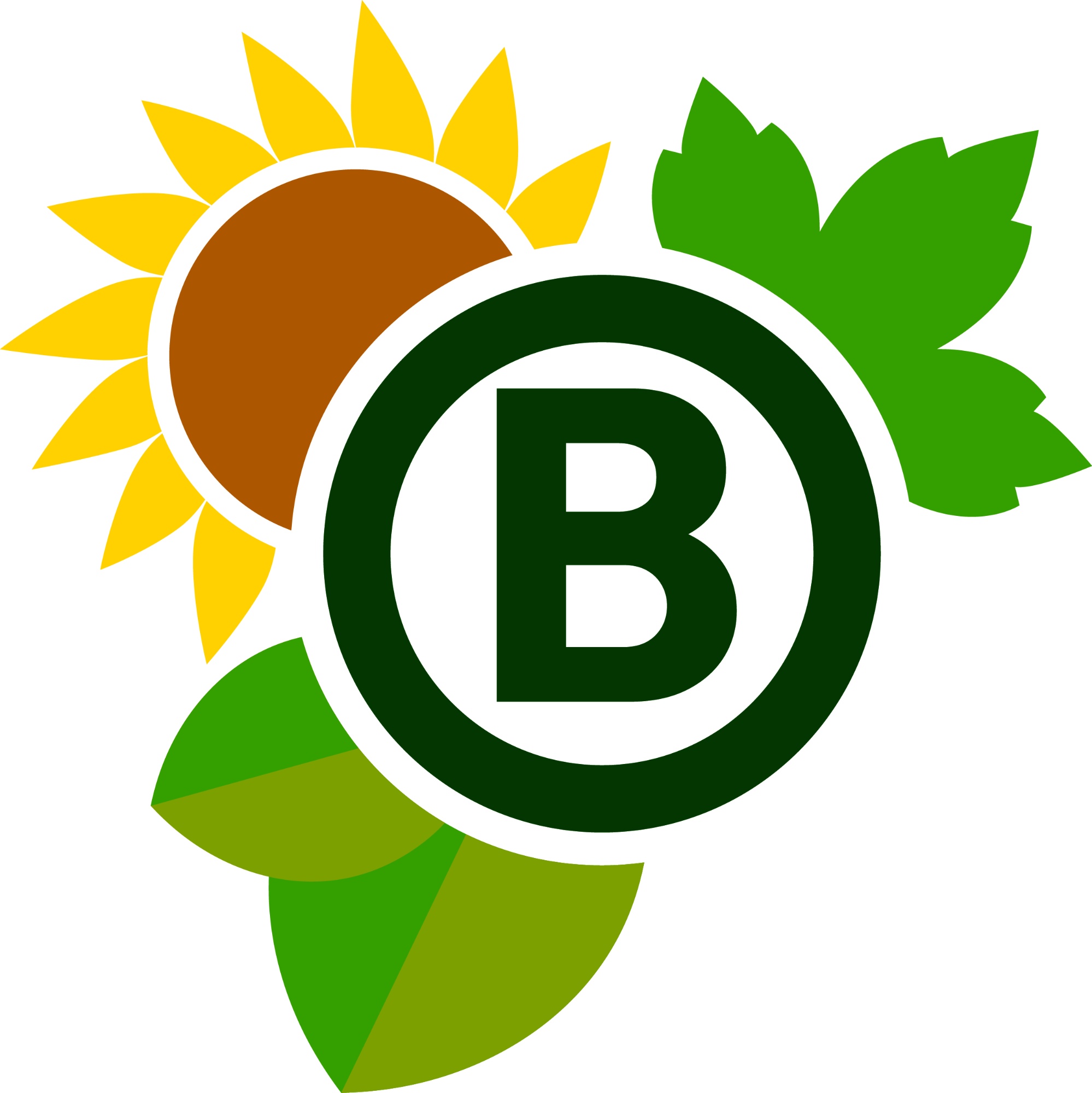Design Technology
Intent
Design and technology allows children to exercise and develop their creativity through designing and making. Through design and technology children learn to think creatively to solve practical problems. We want our children to use creativity and imagination, to design and make products that solve real and relevant problems within a variety of contexts, considering their own and others’ needs, wants and values.
Aims:
- To engage, inspire and challenge pupils, equipping them with the knowledge and skills to design and make products that solve real and relevant problems.
- To fulfil the requirements of the National Curriculum for design and technology, provide a broad and balanced curriculum, ensure the progressive development of knowledge and skills.
- To enable pupils to evaluate and analyse products using the language of design and technology.
Implementation:
At Oliver’s Battery, we will achieve this by:
- Teaching design and technology regularly. The children will cover an art topic at least once every other term.
- Teaching design and technology discreetly to enable children to develop knowledge and skills specific design and technology.
- Using a curriculum that is progressive throughout the whole school supported by Projects on a Page.
- Each project from Year 1 to Year 6 addressing the principles of designing, making, and evaluating and incorporating relevant technical knowledge and understanding in relevant contexts.
- Re-teaching skills throughout the children’s time in school. Skills are revisited and honed in a spiral curriculum, which progresses in terms of depth and challenge, to build on the children’s previous learning.
- Ensuring that children are aware of health and safety issues related to the tasks undertaken
- Ensuring that each child develops their skills and techniques in a way appropriate to them, through clear differentiation and support, active and purposeful experiences, and using a variety of materials and teaching strategies.
- As a school, we promote Design and Technology in the wider school through each class having a session every other week in our edible playground led. This is by a qualified gardener and the children learn about where our food comes from by growing their own, and the importance of a balanced, healthy and varied diet and how to prepare this. Products from the edible playground are used in cookery projects.
- Openly promoting design and technology as a possible further study or career choice.
- Encouraging each child to evaluate their design and technology work and that of others, both with peers and adults.
- Celebrating effort, progress and achievement in design and technology through displays, exhibitions and enrichment activities.
Early Years Foundation Stage
During the EYFS pupils explore and use a variety of media and materials through a combination of child initiated and adult directed activities. They have the opportunities to learn to:
- Use different media and materials to express their own ideas
- Use what they have learnt about media and materials in original ways, thinking
- about form, function and purpose
- Make plans and construct with a purpose in mind using a variety of resources
- Develop skills to use simple tools and techniques appropriately, effectively and safely
- Select appropriate resources for a product and adapt their work where necessary
- Cook and prepare food adhering to good health and hygiene routines
Impact:
At Oliver’s Battery Primary and Nursery School we aim for every child to leave us in Year 6 with a repertoire of design skills and attributes that they can use beyond school and into adulthood. We want children to become resourceful, enterprising and capable citizens.
Children will have clear enjoyment and confidence in Design and Technology that they will then apply to other areas of the curriculum. Through carefully planned and implemented learning activities the pupils develop the creative, technical and practical expertise needed to perform everyday tasks confidently and to participate successfully in an increasingly technological world.
Children’s skills and knowledge are assessed throughout lessons by the class teacher and a summative assessment is completed after each project. This informs the planning for the next Design and Technology project to ensure that any gaps are addressed as well as informing the Design and Technology Leader of any further areas for curriculum development, pupil support and/or training requirements for staff.
